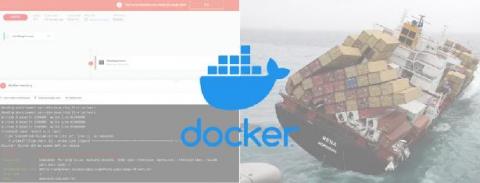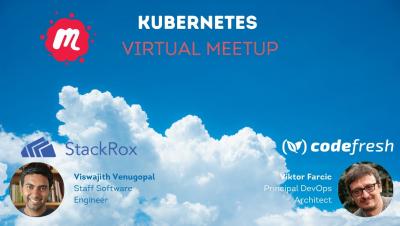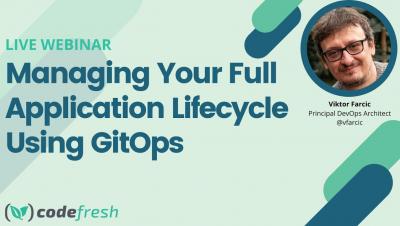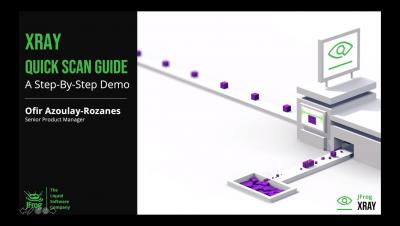Operations | Monitoring | ITSM | DevOps | Cloud
CI CD
The latest News and Information on Continuous Integration and Development, and related technologies.
#Kubernetes November #Meetup
👉 Talk 1: Steering Your Helm Charts Towards Better Waters
😄 Speaker: Viswajith Venugopal, Staff Software Engineer at StackRox
My Process Used Minimal Memory, and My Docker Memory Usage Exploded
The Docker infrastructure abstracts a lot of aspects of the creation of images and running them as containers, which we usually do not know about nor interact with. One of those aspects is the handling of the filesystem inside the container. This post is a case study on how we discovered that writing large amounts of data inside a container has side effects with memory caching. Initially, we thought that we had an issue with our source code, but this was never the case.
#Kubernetes November #Meetup
Expand your Sleuth monitoring reach with Datadog
One of our most commonly requested integrations, Datadog cloud monitoring, was announced last week on the Datadog blog! Sleuth organizes your deployments into projects, which collect and organize key data from your code sources and their associated staging environments. This data consists of metrics and errors.
What is CI/CD?
CI/CD is a software development strategy which allows for faster development by introducing automation while still maintaining the quality of code deployed to production. Implementing a CI/CD pipeline not only promotes a safer deployment process but also improves the incident response process. CI/CD is broken down into multiple parts. The CI refers to continuous integration, meanwhile, the CD can refer to continuous delivery and/or continuous deployment.
Managing Your Full Application Lifecycle Using #GitOps
Introducing the Cloudsmith Terraform Provider
In this blog, we will go through an example of how you can use the Cloudsmith Terraform Provider to provision resources in Cloudsmith, such as repositories and entitlement tokens. HashiCorp Terraform is an awesome Continuous Configuration Automation tool. It is used to provision, update and manage infrastructure resources such as Cloud instances, containers, physical machines and more. It is a firm favourite among developers, due to its brilliant community and mix of power and simplicity.











